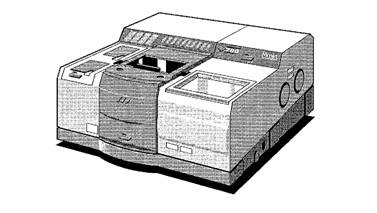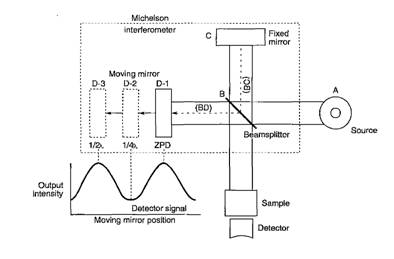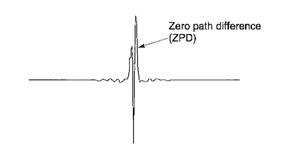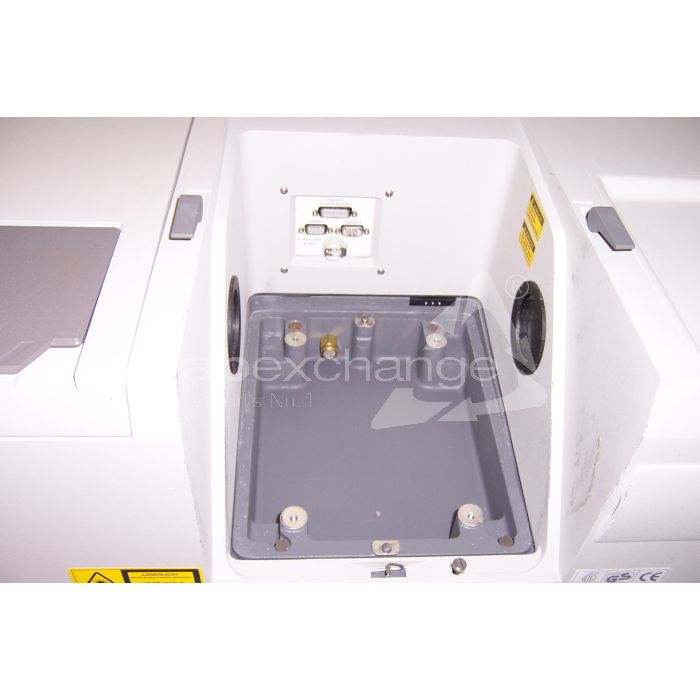Nicolet Magna IR 560
| Objektnummer | B00018287 |
|---|---|
| ID-number | 018287 |
| Object name | Nicolet Magna IR 560 |
| Status | Stock unit |
Product group: FTIR-Spectrophotometers
Status, terms of delivery and payment
Verification of devices
The second-hand devices are verified by Labexchange Service GmbH before delivery. You are receiving only fully functional devices.
Dispatch time
The stated dispatch times are the shortest possible ones for each article. The effective dispatch times can vary. The effective dispatch times will be stated in the order confirmation.
As a matter of principle, we are offering collective deliveries. The shipping time is calculated based on the position with the longest lead time. A partial delivery is possible on explicit request.
Shipping methods
Parcel services, forwarding agencies, self-pickup, delivery by Labexchange fleet.
Delivery information
Prices exclude shipping costs. Stated shipping costs are to be expected. Deviations are possible. If transport costs are not specified, please ask separately for them.
The stated transport and packing charges apply to the most favorable route if transport and are to be understood as subject to verification due to unexpected cost increases. By reason of unpredictable events, cargo rates and delivery times can change at any time and therefore have to be adapted to the recent situation. Import formalities and possible customs charges will be borne by the purchaser. Incoterm coding according to Incoterms 2010: For persons who collect the devices themselves: EXW, for dipatch by sea: CFR, by air freight: CPT, other shipments: DAP. Note for international shipments: A proof of preference/EUR1 will not be issued by us. When self-collecting/ordering EXW from countries within or outside the European Union, 16% VAT will be retained as a deposit until we have received the corresponding confirmation of arrival/bill of delivery from the buyer.
Terms of payment
We do not accept payment by letter of credit, PayPal, etc. In each case the invoice amount is payable without deduction. Discount is not granted.
|
Country |
Possible payment methods |
Comment |
|
DE, AT, CH |
Payment by invoice, payment in advance, paymet by credit card |
Payment by invoice is only possible for corporate clients. |
|
NL, BE, LU |
Payment by invoice, payment in advance, payment by credit card |
Payment by invoice is only possible for corporate clients |
|
Other countries |
Payment in advance, payment by credit card |
|
Our General Terms of Sale, Delivery and Payment are valid and are available for download here.
The goods are offered subject to prior sale.
Definition of status
All articles are used articles, except an article is listed especially as a new device.
|
Status |
Condition |
Comment |
|
Immediately available |
Used | The article is fully functional and in impeccable condition. It can be shipped immediately. |
| In stock |
Used |
The article is on stock. Our service technicians will verify the article before delivery. You are receiving only a fully functional article. |
|
Published |
Used |
The article is still with the provider. After your order the article will be purchased and verified by us before being shipped to you. A certificate of operativeness as well as a service report are included in delivery. |
|
New device |
new |
The article is brand new and unused. Regarding new equipment the guarantee/warranty conditions of the corresponding manufacturer apply. |
|
Labprocure |
Used |
Labprocure GmbH, as the advertiser, is responsible for the content of this device offer. Labprocure assumes liability for the offers advertised here and for the photos and offer texts included. Labprocure GmbH, Bruckstraße 58, 72393 Burladingen. |
manufacturer : Nicolet
model : Magna IR 560
annotation : Dokumente engl .
The following illustrations and descriptions refer to the instrument model and are drawn from brochures. They do not represent the scope of delivery. Please refer to the text of the offer for the exact scope of delivery.
Introduction
This manual describes how to operate, maintain and service the Magna-IR® System 560 and 760 optical benches. The benches are designed to collect data in the mid-IR, near-IR, visible and far-IR spectral ranges. Spectra can be collected and sequentially stored at rates of up to 30 scans per second using the Rapid Scan option.
The optical bench is operated using Nicolet " s OMNIC® software. See the OMNIC User's Guide for complete information on using OMNIC to collect and process data. Instructions for most accessories are included with the particular accessory. Additional information on connecting accessories is included in this manual.
The System 560 and 760 have been designed so that you can replace key parts of the optical bench, such as the laser and infrared source. Installation instructions are provided with each replacement part.
Warning The Optical Bench Safety Guide that came with your system contains important safety information, which is presented in several languages. Before you use the system, read the entire portion of the guide that is in your language. To prevent personal injury and damage to equipment, follow the safety precautions contained in the guide whenever you use the system.

Fundamentals of IR Analysis
Infrared (IR) spectrometers measure the interaction of IR radiation with experimental samples. Spectrometers measure the frequencies at which the sample absorbs the radiation and the intensities of the absorptions.
Determining these frequencies allows identification of the sample" s chemical makeup, since chemical functional groups are known to absorb light at specific frequencies. Identification of what makes up the sample is called qualitative analysis, one of two major applications of IR spectrometry.
The other application is quantitative analysis. The intensity of an absorption is related to the concentration of the component. After the spectrometer is calibrated, which establishes how concentration changes affect absorbance changes, the absorbance for an unknown sample can be used to calculate concentration.
Intensity and frequency of sample absorption are depicted in a two-dimensional plot called a spectrum. Intensity is generally reported in terms of absorbance, the amount of light absorbed by a sample, or percent transmittance, the amount of light that passes through it. Frequency is usually reported in terms of wavenumbers .
What makes up an unknown sample, and how much of each component is present in that sample, can be invaluable information. Its many applications include research and development of new products, quality control of manufactured goods, forensic analysis and environmental testing.
FT-IR spectrometers and how they work
IR light from the source ("A" in the Illustration below) is directed into the Michelson interferometer, the key component to FT-IR spectrometry. The interferometer modulates each wavelength of IR light at a different frequency.
In the interferometer the light beam strikes the beamsplitter (B). About half of the light is reflected from the beamsplitter and is directed onto the fixed mirror (C). The remainder of light is transmitted through the beamsplitter and is directed onto the moving mirror (D). When the beams recombine, constructive or destructive interference occurs depending on the position of the moving mirror relative to the fixed mirror.

When both mirrors are the same distance from the beamsplitter , the two reflected beams pass through exactly the same pathlength and, consequently, are totally in phase (distance BC = BD). The resulting signal intensity is at its maximum, a point called the Zero Path Difference (ZPD).
The modulated beam is reflected from mirrors to the sample, where selective absorption takes place. From the sample the beam travels on to the detector, which translates the beam into an electrical signal.
The cosine waves produced by the source and modulated by the interferometer appear to the detector as an interferogram , a signature of intensity versus mirror position. The interferogram is a summation of all the IR light frequencies; for all practical purposes it cannot be interpreted in its original form.
The signal from the detector is sent to a computer and converted into an IR spectrum through a mathematical formula called Fourier Transform (FT). The formula calculates the amplitude of each of the component Signals. The amplitude gives the intensity at the corresponding wavelength of light.








